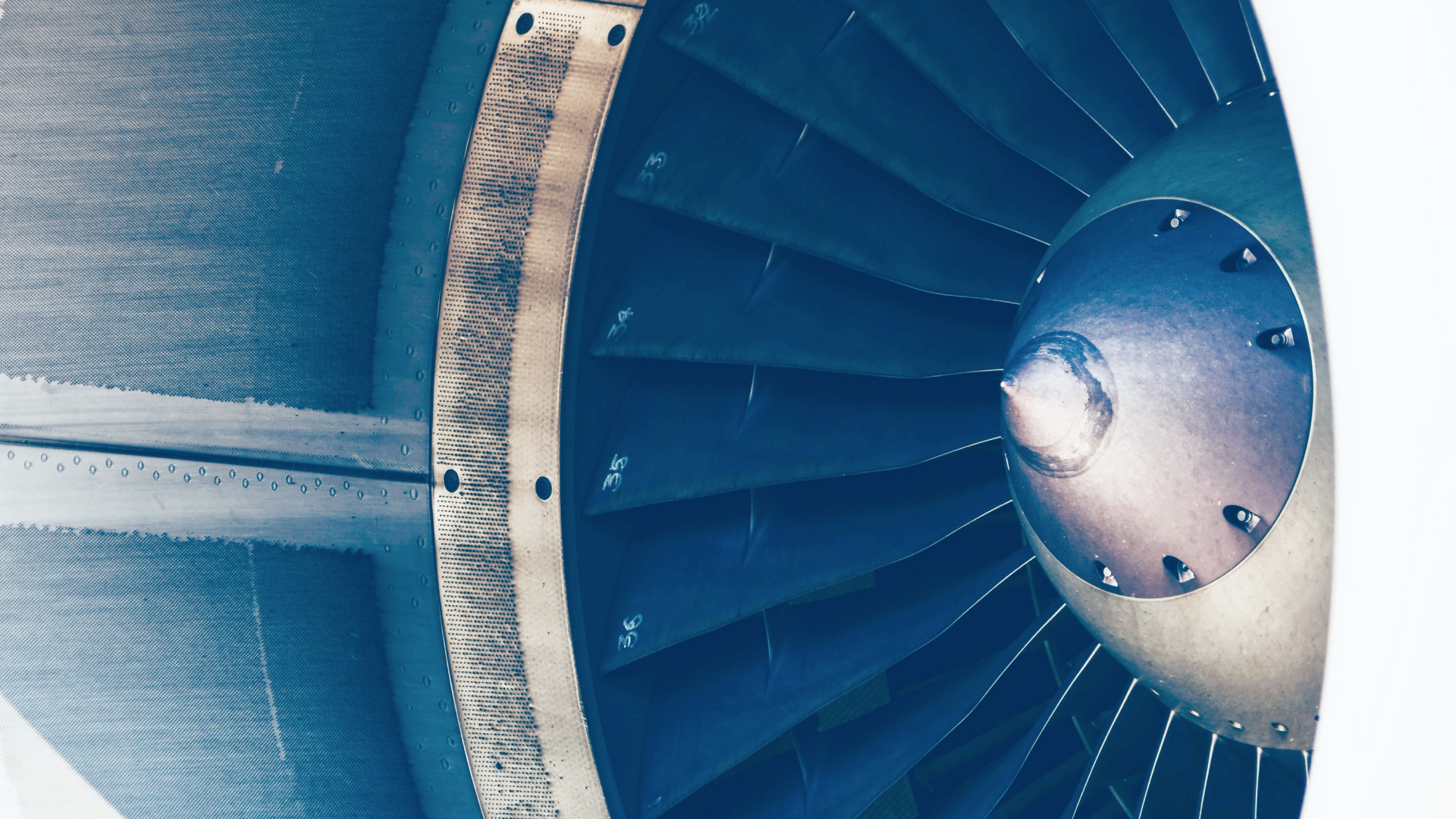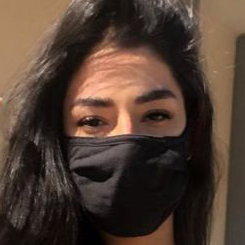Binder jetting is an additive manufacturing technique in which a printhead selectively deposits a liquid binding agent over a thin layer of powder particles – metal, sand, ceramics or composite – in order to create unique, high-value components. A map from a digital design file is used to repeat the layering process until the desired result is achieved.
Turning industrial powders into tools and parts
Binder Jetting is a family of additive manufacturing processes. In Binder Jetting, powder bed areas are selectively smeared with a binder, which bonds area by area to form solid parts one by one. Metals, sand, and ceramics in the granular form are commonly used in Binder Jetting.
The application of binder jetting includes the fabrication of full-color prototypes (such as figurines), the manufacture of large sand casting cores and molds, and the production of low-cost 3D printed metal parts.
For those who intend to use the benefits of Binder Jetting to the fullest, it is crucial to understand the basic mechanics of the process and how they relate to its key advantages and limitations.
Binder Jetting: How does it work?
The Binder Jetting process involves the following steps:
- The build platform is coated with powder with the help of a recoating blade.
- Following that, a carriage equipped with inkjet nozzles (like those used in desktop 2D printers) passes over the bed, selectively depositing drops of glue (binding agent) to glue the powder particles together. Full-color Binder Jetting also incorporates this step of distributing colored ink. Each drop is approximately 80 *m in diameter, so good resolution is possible.
- In order to recoat the surface, the build platform moves downwards at the end of each layer. The process is repeated until the whole part is complete.
- The part is encapsulated and cured in powder after printing. Pressurized air is then used to remove the excess powder unbound from the part and clean the part.
Most materials require some post-processing. Metal Binder Jetting parts, for example, must be sintered (or otherwise heat treated) or infiltrated with a low-melting-temperature metal (usually bronze). To improve the vibrancy of colors, prototypes are also filled with acrylic and coated. Typically, sand casting cores and molds can be used immediately after 3D printing.
As a result of this, the parts leave the printer in a “green” state. As green parts, Binder Jetting parts suffer from poor mechanical properties (greatly brittle) and have high porosity.
Binder Jetting Characteristics
Parameters for the printer
A machine manufacturer sets most of the process parameters in Binder Jetting.
In general, the layer height varies with the material: full color models typically have 100 microns of layer height, metal parts typically have 50 microns of layer height, and sand casting mold materials typically have 200-400 microns of layer height.
Bonding occurs at room temperature, making Binder Jetting unique among other 3D printing technologies. Binder Jetting is not prone to thermal distortions (such as warping, DMSL/SLM, or curling) that result from thermal effects.
Therefore, Binder Jetting machines have the largest build volume of any 3D printing technology (up to 2200 x 1200 x 600 mm). Molds for sand casting are generally produced by these large machines. A metal binder jetting system has a larger build volume than a DMSL/SLM system (up to 800 x 500 x 400 mm), permitting the parallel manufacturing of multiple parts at once. Due to the post-processing step involved, the maximum part size is limited to 50 mm.
Additionally, Binder Jetting does not require support structures: the powder surrounding the part provides all the necessary support (like SLS). Binder Jetting differs from other metal 3D printing processes in that it does not require extensive support structures, allowing for the creation of freeform metal structures with minimal geometric restrictions. As we will see in a later section, metal Binder Jetting is prone to geometric inaccuracies due to post-processing steps.
Because the parts in Binder Jetting do not need to be attached to the build platform, the entire volume of the build can be utilized. Therefore, Binder Jetting is suitable for small-to-medium-sized batches. The entire build volume of the machine (bin packing) must be filled effectively in order to use the full capabilities of Binder Jetting.
Binder jetting in full color
Like Material Jetting, Binder Jetting can produce full-color 3D printed parts. Due to its low cost, it is often used for 3D printing figurines and topographical maps.
The models are printed in full color using sandstone powder or PMMA powder. First, the main printhead jets the binding agent, then a secondary printhead jets a colored ink. In a similar way to a 2D inkjet printer, different colors of ink can be combined to produce a wide array of colors.
To enhance part strength and color vibrancy, the parts are coated with cyanoacrylate (super glue) or a different infiltrant after printing. Additionally, a secondary epoxy layer can be added to improve both strength and appearance. Even with these additional steps, full-color Binder Jetting parts are still very brittle and should not be used for functional applications.
A CAD model containing color information is required to produce full-color prints. You can apply color to CAD models in two ways: on a per-face basis or as a texture map. Adding color to each face is a quick and easy process, but using a texture map gives you greater control and detail. For specific instructions, consult your native CAD software.
The metal binder jetting process
Compared with other metal 3D printing processes (DMSL/SLM), Binder Jetting is up to 10x more economical. Binder Jetting’s build size is considerable, and the parts are produced without the need for support structures, allowing complex geometries to be created. Metal Binder Jetting is therefore a very attractive technology for low-to-medium metal production.
Metal Binder Jetting parts are not suitable for high-end applications due to their mechanical properties. Nevertheless, the material properties of the produced parts are the same as those of metal parts produced by Metal Injection Molding, which is one of the most widely used manufacturing methods for mass-producing metal components.
The process of infiltration and sintering
To achieve good mechanical properties, Metal Binder Jetting parts require a secondary process after printing, like infiltration or sintering, since the as-printed parts mostly consist of metal particles bound together with a polymer adhesive.
Following printing, the part is placed in a furnace, where the binder is burned out, leaving voids. Approximately 60% of the part is porous at this point. Using capillary action, bronze is then injected into voids, resulting in parts with low porosity and good strength.
When printing is complete, the parts are placed in a high-temperature furnace, where the binder is burned away and the metal particles are sintered together (bonded), resulting in parts with very low porosity.
Metal Binder Jetting Characteristics
Model accuracy and tolerance can vary greatly depending on the model and are difficult to predict because they are dependent on geometry. The shrinkage of parts between 25 and 75 mm is estimated to be between 0.8 and 2%, whereas the average shrinkage of larger parts is between 3% and 4%. During sintering, parts shrink by approximately 20%. Binder Jetting’s software compensates for shrinkage during the design stage, but non-uniform shrinkage may have to be accounted for when the machine operator operates the machine.
Inaccuracies can also occur during the post-processing step. The temperature of the part is raised during sintering, which makes the piece softer. An unsupported area may deform under its own weight when it is in this soft state. Further, as the part shrinks during sintering, there is friction between the furnace plate and the lower surface of the part, causing warping. To ensure optimal results here, communication with the Binder Jetting machine operator is key.
Sintered or infiltrated Binder Jetting metal parts will have an internal porosity (sintering produces 97% dense parts, while infiltration is approximately 90%). This affects the mechanical properties of metal Binder Jetting parts, as the voids can lead to crack initiation. Fatigue and fracture strength and elongation at break are the material properties that are most affected by internal porosity. Advanced metallurgical processes (like Hot isostatic pressing or HIP) can be applied to produce parts with almost no internal porosity. For applications where mechanical performance is critical though, DMLS or SLM are the recommended solutions.
The surface roughness of metal Binder Jetting parts is an advantage over DMLS/SLM. Metal Binder Jetted parts typically have a surface roughness of Ra 6 *m after post-processing, which can be reduced to Ra 3 *m if a bead-blasting step is used. Comparatively, the surface roughness of DMLS/SLM parts is approximately Ra 12-16 μm. This is particularly important for parts with internal geometries, such as internal channels, where post-processing is difficult.
Binder jetting: Benefits & Limitations
The key advantages and disadvantages of the technology are summarized below:
- Binder Jetting produces metal parts and full-color prototypes at a fraction of the cost compared to DMLS/SLM and Material Jetting respectively.
- Binder Jetting can manufacture very large parts and complex metal geometries, as it is not limited by any thermal effects (e.g. warping).
- The manufacturing capabilities of Binder Jetting are excellent for low to medium batch production.
- Metal Binder Jetting parts have lower mechanical properties than DMSL/SLM parts, due to their higher porosity.
- Only rough details can be printed with Binder Jetting, as the parts are very brittle in their green state and may fracture during post-processing.
- Compared to other 3D printing processes, Binder Jetting offers a limited material selection.
Guidelines
- Use metal Binder Jetting to 3D print metal parts at a low cost, for applications that don’t require very high performance.
- Binder Jetting provides more design freedom than DMLS/SLM for metal 3D printed parts, as thermal effects are not an issue during the manufacturing process.
- It is only suitable for visual purposes, as Binder Jetting is very brittle.
- Binder Jetting can be used to produce very large sand casting cores and molds.







